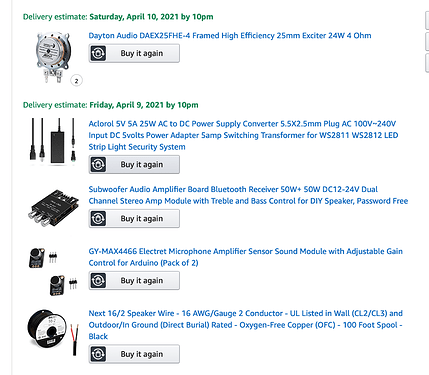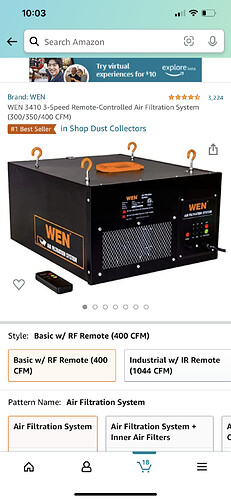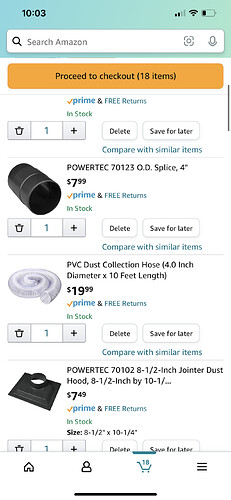Hi all! I need some general advice/input.
My parents have decided to let me (22 y/o engineering college student) put my nonexistent shapeoko in the loft. (I plan on getting the shapeoko 4 when it comes out).
I need to make sure my enclosure is as acoustically dead as possible to avoid my parents regretting their decision.
Here is what I’ve done to kill the sound.
First off, I have a table built out of 2x10’s already built with 3/4” birch ply table top which is glued to the table frame with silicone adhesive which will act as a dampening layer to prevent the transmission of vibrations.
Next up I am working on designing a frame that is 51” deep and 62” wide and 24” tall.
The frame is designed so that 2’x4’ panels fit perfectly within the frame on the sides (the back panel will be made of two pieces of ply). Those panels will also have no screws attaching them to the frame and will instead be glued with a silicone adhesive.
Third, I will be putting two layers of an anti-slip mat under the machine to further reduce vibration transmissions.
I’m also using a 1.5kw water cooled spindle so no ridiculous router noise.
Right now I have three questions.
would it be worth it to double up on plywood layers and glue them together with a viscoelastic material? The viscoelastic stuff basically has lots of internal friction and when it vibrates it turns the vibrations to heat via friction. Adding this stuff can cut the time it takes for a vibration to decay in half!
How thick of windows do I need? And how many layers? I was thinking two layers of 0.25” thick extruded acrylic or maybe even three 3/16” layers. All of these of course will be glued using that silicone adhesive and will have a small gap between each panel. (0.25” to 0.5” gap).
Finally, would moving blankets be good to soundproof the enclosure? A guy on YouTube did a demonstration and had 3 layers over a thin plastic sheet enclosure and it seemed to make a big difference. I would use 5-6 layers per side and would add a little curtain rod in the frame to hang/drape them.
Thanks all!






